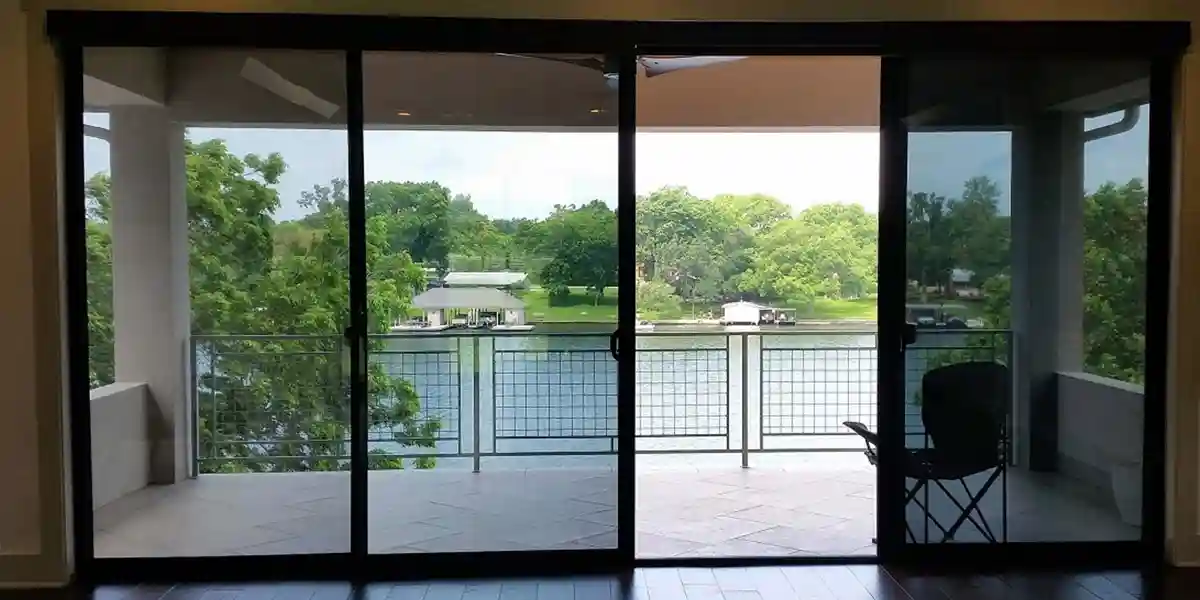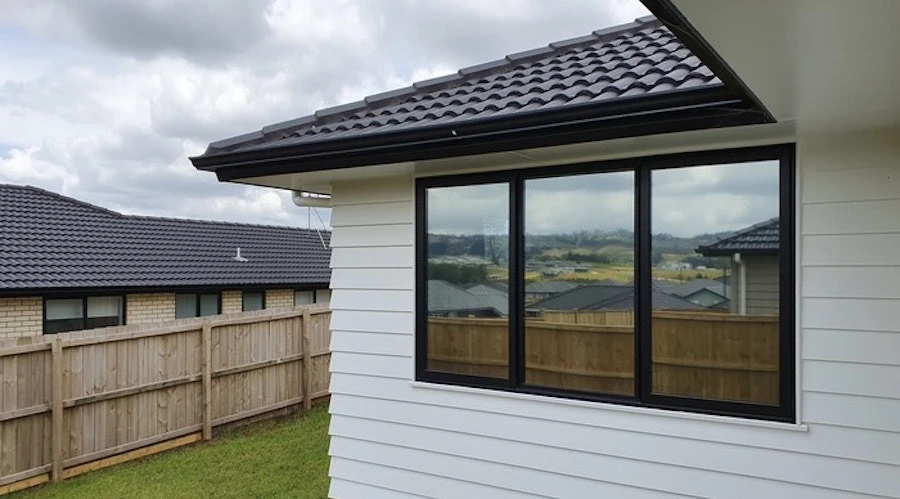When it comes to window tinting, understanding when and why to change your tint can significantly affect aesthetics and functionality. Regularly assessing your tint’s condition ensures you enjoy its benefits: protection from UV rays, enhanced privacy, and improved energy efficiency. The lifespan of window tint varies based on several factors, such as quality, installation methods, exposure to sunlight, and environmental conditions. You can determine when it’s time for a replacement by watching for signs like bubbling or fading. Changing your tint at appropriate intervals maintains its effectiveness and enhances the overall look of your vehicle or home. Following some simple maintenance tips can significantly extend the life of your current film. By staying informed about these aspects of window tint care, you can ensure that you’re getting optimal performance without unnecessary costs. Investing time into how often to replace your window film pays off in many ways: comfort, safety, and style all come together under that tinted surface.
The purpose of changing the tint

Changing your window tint serves several important purposes. First and foremost, it enhances the aesthetic appeal of your vehicle or property. A fresh tint can elevate its overall look, making it more attractive. A key reason for changing the tint is to improve functionality. Over time, older films may fade or bubble, losing their effectiveness in blocking harmful UV rays. Replacing them ensures continued protection for you and your interiors. Security is also a significant factor. Worn-out tints may crack or peel, compromising the privacy and safety they originally provided. Newer tints offer better shatter resistance, which can deter potential break-ins.
What to look for when replacing your tint
The faded tint is one of the first signs that it’s time for a change. If your windows look dull or discolored, it’s not just an aesthetic issue. It can also reduce effectiveness. A red flag is bubbling or peeling edges. This often indicates adhesive failure, leading to further deterioration if ignored.
You might notice increased heat inside your vehicle. If tinted windows aren’t performing as they should, you could feel more warmth than usual on sunny days. Check for visible cracks or scratches in the film itself. These imperfections compromise both privacy and protection from UV rays.
Factors that determine the lifespan of tint

The lifespan of window tint can vary significantly based on several factors. First, the quality of the tint plays a major role. High-quality films are designed to withstand wear and tear for longer than cheaper alternatives.
The installation method is another crucial aspect. Professional installation ensures the tint adheres properly without bubbles or peeling, leading to a longer-lasting application. Tint exposure to extreme sunlight, temperature fluctuations, or harsh weather will deteriorate faster than film in milder climates. Proper cleaning techniques help preserve the integrity of the film over time.
How often should you change your tint?
The frequency of changing your window tint largely depends on the type you choose. High-quality films can last five to ten years, while cheaper options may require replacement in as little as two years. Environmental factors play a significant role, too. If your vehicle sits under the sun for prolonged periods, the tint will degrade faster due to UV exposure and heat. An aspect is how well you maintain it. Regular cleaning with non-abrasive materials can extend its life.
Benefits of regularly replacing your tint

Regularly replacing your window tint offers a range of benefits that enhance your vehicle’s or home’s aesthetics and functionality. Fresh tint can significantly improve privacy, keeping prying eyes at bay while adding a sleek look. Newer tints also provide better UV protection. They shield you from harmful rays, reducing skin damage and fading of interior materials. This not only keeps you safe but prolongs the life of your furnishings.
An advantage is improved energy efficiency. Up-to-date films can help regulate indoor temperatures by reflecting heat away in summer and retaining warmth in winter. This reduces reliance on heating and cooling systems, ultimately saving energy bills. New film technology often comes with enhanced durability features. Upgrading regularly ensures optimal performance without the hassle of wear and discoloration typical in older tints.
Tips for maintaining tint longevity
Regular cleaning is essential to keep your window tint looking fresh and lasting longer. Use a soft microfiber cloth and gentle cleaners to avoid scratching the surface. Avoid harsh chemicals or abrasive materials. These can damage the film, leading to premature wear. Whenever possible, choose shaded areas or use sunshades during long parking periods. This reduces heat exposure, which can weaken the adhesive over time. Consider protective covers on seats if you have pets or children in your car. They help prevent scratches and other potential damages from daily wear and tear.




